Celebrating 75 years of independence and echoing the values of "Har Dil Mein Samvidhan," Hamari Virasat (Our Heritage) embarked on a nationwide journey showcasing 75 stunning artworks handcrafted by diverse artisan groups across India. Organized by the Hand for Handmade Foundation, this initiative transcends mere visual appeal; it's a platform for empowering artisans, fostering sustainable livelihoods, and celebrating age-old traditions.
More than just an exhibition, Hamari Virasat empowers artisan communities through direct market access and workshops on digital marketing. It also safeguards traditional crafts and techniques, ensuring their survival for future generations.
In an in-depth conversation with Ms. Shibani Dasgupta Jain, Founder and Director of Hand for Handmade Foundation, and Mr. Vipul Jain, Director of the foundation, we delve deeper into the multifaceted impact of Hamari Virasat.
In this interview, both spokespersons share insights into the economic empowerment facilitated by Hamari Virasat, its role in preserving and promoting traditional crafts, and its broader impact on India's cultural landscape. They reveal how the initiative is reviving dying crafts and reimagining traditional art forms for the modern world through partnerships with designers.
The duo further discuss the challenges faced by artisan communities and the innovative approaches required to ensure the long-term sustainability of India's artisan sector.
Join us as we explore the transformative potential of Hamari Virasat and its enduring legacy in shaping India's artisanal landscape.
Q&A
Q. Mr. Vipul, as a tech entrepreneur, you understand economic potential. How does Hamari Virasat empower the handloom and handicraft industry, creating jobs and rural prosperity?
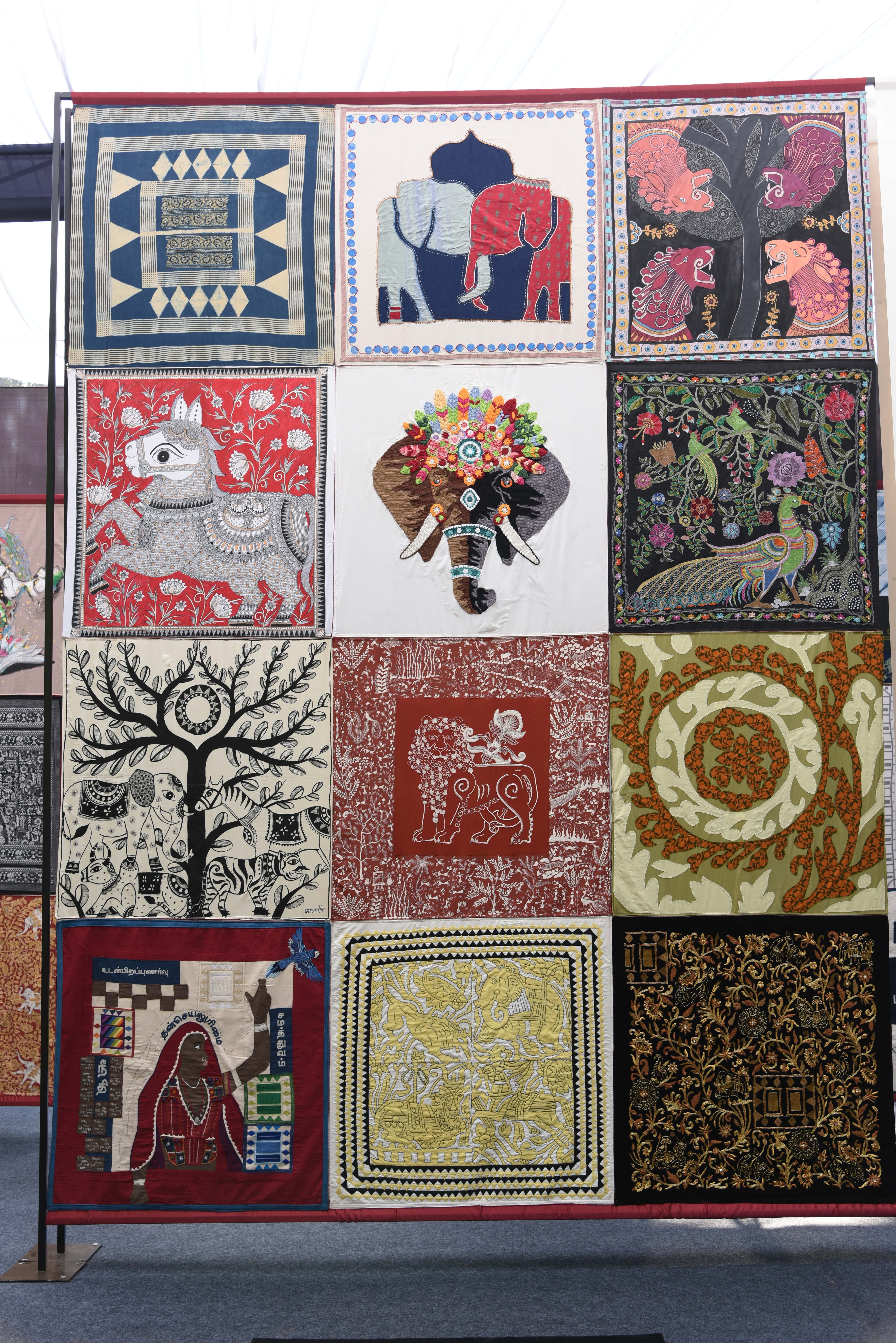 Vipul Jain (VJ): The idea behind Hamari Virasat is to throw the spotlight on the handmade and craft sector. We would like to reach every corner of the country during the 75th year, which is there till Jan 26th 2025. While Hamari Virasat is the travelling exhibition along with artisan bazaars and workshops around the Constitution, we have a much larger objective of sparking conversations and action plans to reimagine the sector.
Vipul Jain (VJ): The idea behind Hamari Virasat is to throw the spotlight on the handmade and craft sector. We would like to reach every corner of the country during the 75th year, which is there till Jan 26th 2025. While Hamari Virasat is the travelling exhibition along with artisan bazaars and workshops around the Constitution, we have a much larger objective of sparking conversations and action plans to reimagine the sector.
The Creative and Cultural sector has a huge role in fulfilment of our SDG goals and a more inclusive growth for the country. The artisanal sector creates anywhere from 10 million to 200 million livelihoods (the wide variance reflects the absence of data on the sector). These are dignified livelihoods that not only provide supplemental income but are distributed across all parts of rural India and do not require migration to cities. 60% are women working in the sector and therefore this sector is a very powerful way for women empowerment. The sector has a very positive impact on climate change due to the use of sustainable and natural materials.
It is also important to recognise that the Artisanal sector also represents significant business opportunity for entrepreneurs. The market for handmade crafts, interior décor, fashion and apparel, art jewellery and visual arts is estimated as $120 billion and expected to grow to $360 billion by 2030. India’s share of global trade in handicrafts is 1.6% of a $680 billion market and only $10.6 billion today. If we grow our market share to 3%, our trade in handicrafts can grow to a $46 billion by 2030. There is a very significant business opportunity driven by secular trends such as the conscious consumer movement, increased cross border e-commerce and Indian diaspora reclaiming their culture.
The starting point to achieve this huge potential is to say – hey, this is not a sunset sector, but one with great business opportunity. What is holding us back ? What are other countries doing and which we can learn from? How can we bridge the divide between the artisans and the market? How can we create premium and luxury products that customers not only in India, but across the world? What is the role of technology? How can entrepreneurs be supported to reach global markets? How can artisans be empowered at scale?
Once you start asking the right questions, answers will emerge.
Q. How can Hamari Virasat transcend its role as a temporary exhibition and become a platform that solves the ongoing challenges of financial instability, limited market access, and artistic stagnation faced by Indian artisans?
Shibani Dasgupta Jain (SJ): This is an excellent question and our intention is that Hamari Virasat becomes a platform for discussions and collaborative action plans. Our vision for Hand for Handmade Foundation is to reimagine the sector to make it more relevant for today and tomorrow.
We have to recognise the fundamental issues : there is a huge chasm between the artisans producers and the potential markets, which are now largely urban and want products suiting their modern lifestyles. The sector cannot compete on price with mass produced goods and copycat designs. We have to go back to the basics – what type of goods does the market want for which they will pay a good price? How do you reach these markets?
These challenges can be solved by artisans, entrepreneurs and the corporate sector working in a collaborative manner.
Hand for Handmade’s mission is to share existing knowledge, research new trends and opportunities and create linkages that will help the sector adapt to changing market dynamics and technology. We hope that Hamari Virasat will catalyse some of these objectives and collaborations.
Q. Ms. Shibani, from your design expertise, how can innovative product development within the exhibition's Artisan Bazaar further boost economic opportunities for artisans?
SJ: Hamari Virasat showcases different forms of art and textiles from all corners of the country. There are representations from every state including Assam, Kashmir, Kutch, Uttarakhand, Bihar, Maharashtra, among others, and most forms of popular textile and art traditions including art, weaving, applique work, crochet, embroidery etc. Many of the artisans are from tribal communities such as Gond, Warli, Lambadi, Ajrakh, Kharad weaves. There are artworks from differently abled men and women from Kashmir and Anantpur.
Hamari Virasat is generating interest and curiosity amongst the people who engage with it either in the exhibition or on social media. In Mumbai alone there were over 100,000 people who visited Hamari Virasat at the CSMVS Museum and the Kala Ghoda festival and many times more who engaged on social media. A lot of these were young people who did not have an exposure to our rich tradition of textiles and craftsmanship.
We have been showcasing our contributing HFH members on social media and have shared the contact details in an open and transparent manner. The interest and interaction generated by Hamari Virasat will translate into economic opportunities for artisans and entrepreneurs who have taken part, as well as the broader artisan community.
Q. How does the Hand for Handmade Foundation envision the long-term impact and sustainability of "Hamari Virasat" in advancing the goals of cultural preservation, economic empowerment, and social development within the artisan sector?
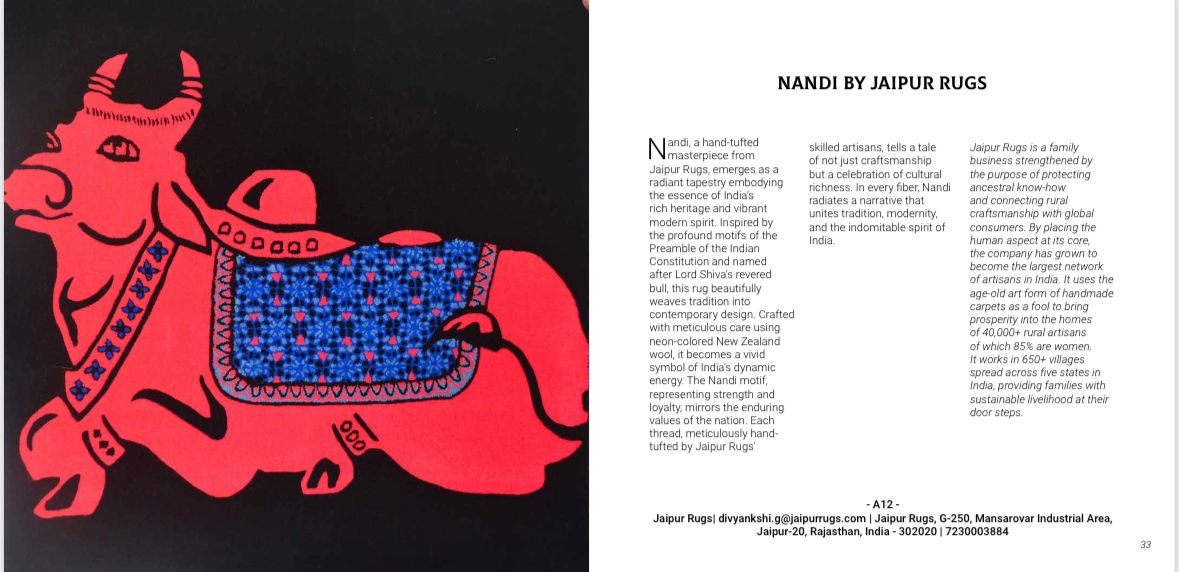 VJ: One of the areas we spoke about is knowledge dissemination and upskilling at scale. Both artisan leaders and entrepreneurs need access to knowledge and skills that are practical and relevant and help them move forward. There is a lot of practical knowledge with people who have been working in the industry and also many leaders working in other industries. How do we leverage that and make it available to the next generation of artisan leaders and entrepreneurs?
VJ: One of the areas we spoke about is knowledge dissemination and upskilling at scale. Both artisan leaders and entrepreneurs need access to knowledge and skills that are practical and relevant and help them move forward. There is a lot of practical knowledge with people who have been working in the industry and also many leaders working in other industries. How do we leverage that and make it available to the next generation of artisan leaders and entrepreneurs?
Hand For Handmade Foundation has launched the first multi-lingual e-learning platform for the artisan sector – Handmade Academy – which has digital content relevant for the artisans and entrepreneurs in the sector. Everyone has a mobile phone – with e-learning, we can make knowledge and skills accessible and available at their place of work, in their language and their convenience at scale.
The Handmade Academy will be the first such repository for the industry. To realise its potential, it will require collaborations with the best of educationists, practitioners, design thinkers and NGO’s to create and disseminate content. We hope that Hamari Virasat will lead to broader support for Handmade Academy and other initiatives by HFH.
Q. As a leader who has successfully ventured into social enterprises like private nature reserves and organic farming, how does the concept of "Hamari Virasat" align with your broader vision for sustainable and responsible development, and how do you envision leveraging innovative approaches within "Hamari Virasat" to bridge cultural divides and promote national unity?
VJ: My approach is always that of an entrepreneur – start with what customers want, look for gaps or disruption opportunities, test the product market fit and then scale. Hamari Virasat is an opportunity to build innovative approaches. If we can disrupt the status quo, bring innovation and unleash new energy the sector will generate livelihoods, women empowerment, sustainable communities and promote diversity and unity as a natural outcome.
Q. Can you share specific stories of how the initiative has transformed the lives of participating artisans and instilled a sense of agency and empowerment?
SJ: One of the standout pieces in Hamari Virasat is named “Jai Bharat” created by Khatri Ibrahim which showcases traditional Ajrakh hand block printing. The word Bharat is inscribed on the right side for traditional photography and on the Avadhi direction on the left for those taking a selfie. This is very innovative and artistic in the expression of the iconography of the Preamble of the Constitution.
Ibrahim attended the workshop on the Constitution during Hamari Virasat in Mumbai. Not only did he feel empowered by the workshop but after going back is training youngsters in his village on how to be an active and engaged citizen. It is a great example of how Hamari Virasat has spread the message about the values in the Constitution.
Q. Beyond the artworks, how does the initiative engage audiences with the values enshrined in the Constitution, fostering a deeper understanding and appreciation, and how will that impact consumption?
SJ: The idea of Hamari Virasat was born out of a conversation with me and Vinita Singh, the Founder of We the People Abhiyan, an NGO that works to spread awareness and of the Constitution and citizen’s rights and responsibilities. 75 years of the Constitution is an important milestone and we thought that the Handmade sector must celebrate it. So, the we came up with the idea of Hamari Virasat.
“A picture is worth a thousand words” – we envisaged Hamari Virasat as a visual statement of the diversity and beauty of Indian Handmade traditions. The artisan sector is a microcosm that lives values like fraternity, equality and liberty and the core thought of “unity in diversity” in practice and this is communicated at a very experiential level. The artworks are simple and accessible and they will connect to youth and next-gen citizens.
Through Hamari Virasat, we hope to spotlight the Handloom sector and it’s role in nation building, generating dignified livelihoods and women empowerment. We hope to engage people from all walks of life and start conversations on how to reimagine the sector so that it is relevant for the next 75 years!
With our partner, We the People Abhiyan, we are also doing workshops for artisans on the Constitution and the values, rights and duties embedded in this wonderful document and empowering them to access various schemes that are available to the artisanal sector.
Q. Can you elaborate on how collaboration between different art forms across regions, showcased in "Hamari Virasat," can lead to cultural cross-pollination and innovation?
SJ: In the exhibition you see examples of cultural cross pollination everywhere – Baaya Design has combined Warli art with embroidery; Shahid Ansari has used Zardozi to create a wonderful wall art piece. Porgai has used Lambadi embroidery to tell the story of women empowerment. The artworks by Shrujan was created by a team of 13 people playing a collaborative role in designing, illustrating, printing, embroidery.
Hamari Virasat really showcases the power of tradition, creativity and innovation to create something that is new and tells a powerful story.
Q. Many traditional crafts use eco-friendly materials and methods. How can "Hamari Virasat" raise awareness about sustainable practices in the sector and inspire consumer action, and how are you expediting the cause?
SJ: All of the artworks are handmade, using natural materials and in many cases natural dyes and traditional techniques. Some use upcycled fabrics and material. Artisanal work predates the use of synthetics and chemical dyes and is sustainable in it’s materials and production techniques. This message is communicated in a very visual and experiential manner with Hamari Virasat.
Q. How can "Hamari Virasat" enhance India's cultural influence globally, particularly in the context of arts and crafts, and what strategies can be employed to adapt traditional crafts for international markets while preserving their authenticity and appeal?
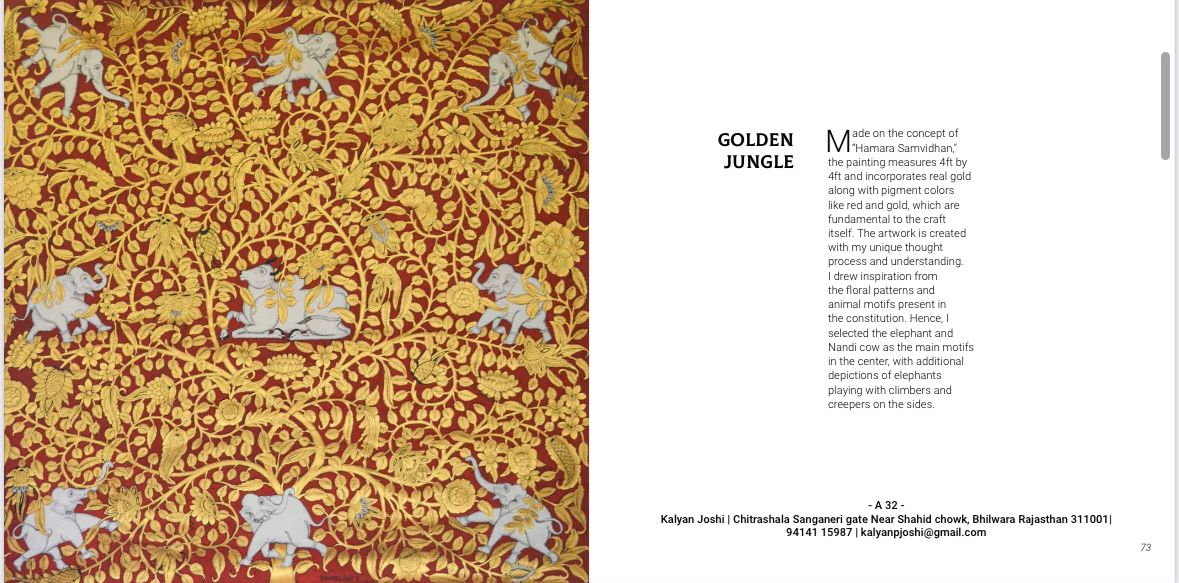 VJ: There has been a huge focus on reclaiming pride in our culture by Honorable Prime Minister Modi and the government. Awareness and pride in our culture, traditions and artisanship is important, particularly for the younger generation. Our art and craft also project our “soft power” globally. There is also a huge international market for our artisanal goods because of the Indian Diaspora and the younger generation across the world being interested in purpose led purchases.
VJ: There has been a huge focus on reclaiming pride in our culture by Honorable Prime Minister Modi and the government. Awareness and pride in our culture, traditions and artisanship is important, particularly for the younger generation. Our art and craft also project our “soft power” globally. There is also a huge international market for our artisanal goods because of the Indian Diaspora and the younger generation across the world being interested in purpose led purchases.
To access these global markets, India should set up a very empowering and supportive eco-system for artisans and entrepreneurs as well as encourage international designers to work with Indian artisans. This will expand markets for high quality traditional products as well as repurpose authentic skills to create new products for global markets.
Q. How do you see the intersection of technology and traditional arts within "Hamari Virasat," and what role can it play in preserving, promoting, and innovating traditional crafts for broader societal impact?
VJ: Technology has a very important role in any business and the artisan sector is no exception. Tech enabled GI tagging and IOT enabled devices can establish provenance and authenticity. Tech enabled marketing is essential to reach customers while operational solutions are required for efficiency and productivity. We are seeing much broader use of technology in the sector and this will only accelerate with tech savvy entrepreneurs entering the sector.
Q. "Hamari Virasat" is a commendable initiative. What are your long-term plans for this project, and how do you envision it contributing to the sustainable development of the artisan sector and Indian culture?
VJ: As we talked about, there needs to be more genuine collaboration and the sector needs to be seen as great business opportunities to make money and create value, not only from a philanthropic lens.
The sector is underserved in terms of access to finance; there are opportunities for purpose led and catalytic finance. One of the first venture funds focussed on the Creative, Cultural and Circular enterprises is Hearth Ventures and there is space for many more so that the start-up ecosystem can be kickstarted for the sector. NBFC’s have an opportunity to provide blended finance and revenue based finance instruments for the sector. Institutes should set up craft design labs and incubators to encourage new age tech and market savvy entrepreneurs to enter the sector.
The policy makers must look at this sector with fresh eyes ; as an opportunity for India to become the “Handmade Factory” of the world.
Entrepreneurs working in the sector should be supported by liberal grants and given liberal access to capital by setting up of a focused “Fund of Funds” for this sector. Collaborations with designers from across the world should be encouraged and Design Labs made available for designers and artisans to innovate and create new products that have a global appeal.
In short, collaboration between artisanal and corporate sector and innovation can lead to many win-win opportunities and as Hand for Handmade, we hope to lead and participate in many such conversations.



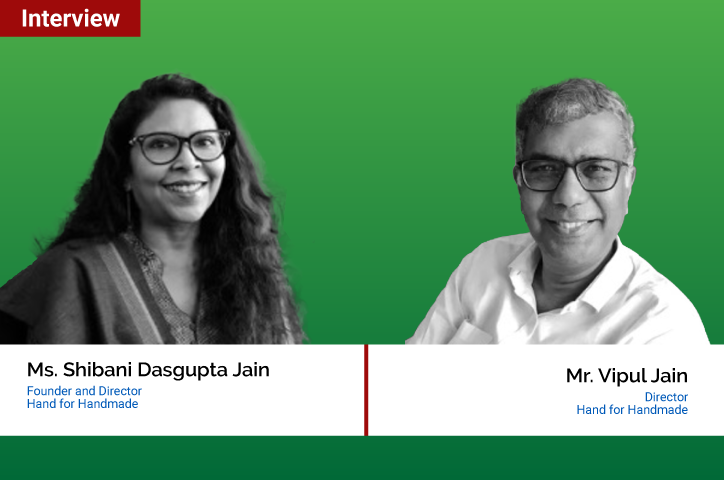
 Vipul Jain (VJ): The idea behind Hamari Virasat is to throw the spotlight on the handmade and craft sector. We would like to reach every corner of the country during the 75th year, which is there till Jan 26th 2025. While Hamari Virasat is the travelling exhibition along with artisan bazaars and workshops around the Constitution, we have a much larger objective of sparking conversations and action plans to reimagine the sector.
Vipul Jain (VJ): The idea behind Hamari Virasat is to throw the spotlight on the handmade and craft sector. We would like to reach every corner of the country during the 75th year, which is there till Jan 26th 2025. While Hamari Virasat is the travelling exhibition along with artisan bazaars and workshops around the Constitution, we have a much larger objective of sparking conversations and action plans to reimagine the sector.  VJ: One of the areas we spoke about is knowledge dissemination and upskilling at scale. Both artisan leaders and entrepreneurs need access to knowledge and skills that are practical and relevant and help them move forward. There is a lot of practical knowledge with people who have been working in the industry and also many leaders working in other industries. How do we leverage that and make it available to the next generation of artisan leaders and entrepreneurs?
VJ: One of the areas we spoke about is knowledge dissemination and upskilling at scale. Both artisan leaders and entrepreneurs need access to knowledge and skills that are practical and relevant and help them move forward. There is a lot of practical knowledge with people who have been working in the industry and also many leaders working in other industries. How do we leverage that and make it available to the next generation of artisan leaders and entrepreneurs? VJ: There has been a huge focus on reclaiming pride in our culture by Honorable Prime Minister Modi and the government. Awareness and pride in our culture, traditions and artisanship is important, particularly for the younger generation. Our art and craft also project our “soft power” globally. There is also a huge international market for our artisanal goods because of the Indian Diaspora and the younger generation across the world being interested in purpose led purchases.
VJ: There has been a huge focus on reclaiming pride in our culture by Honorable Prime Minister Modi and the government. Awareness and pride in our culture, traditions and artisanship is important, particularly for the younger generation. Our art and craft also project our “soft power” globally. There is also a huge international market for our artisanal goods because of the Indian Diaspora and the younger generation across the world being interested in purpose led purchases.


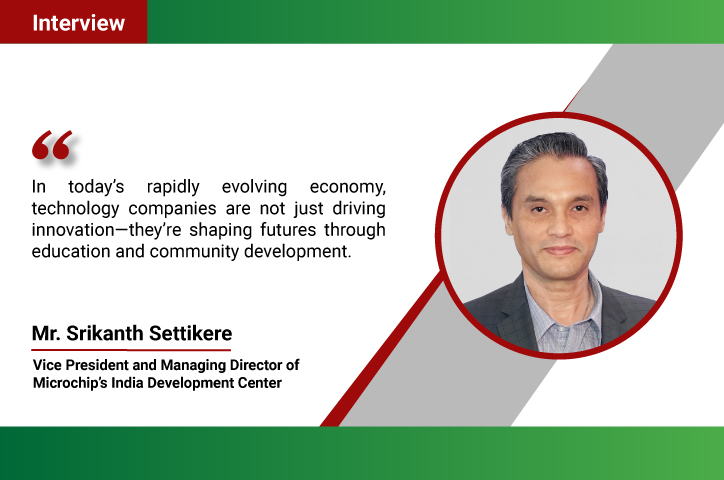
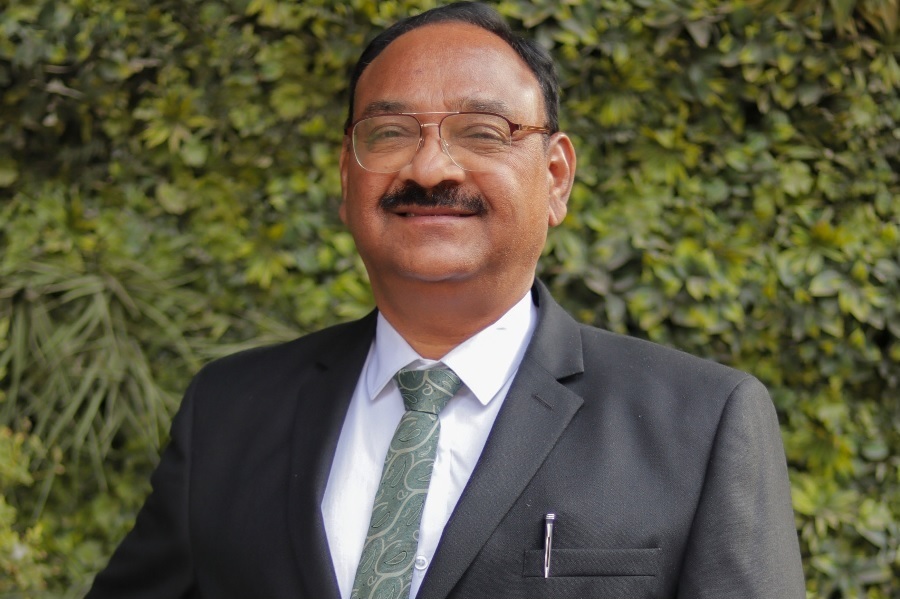
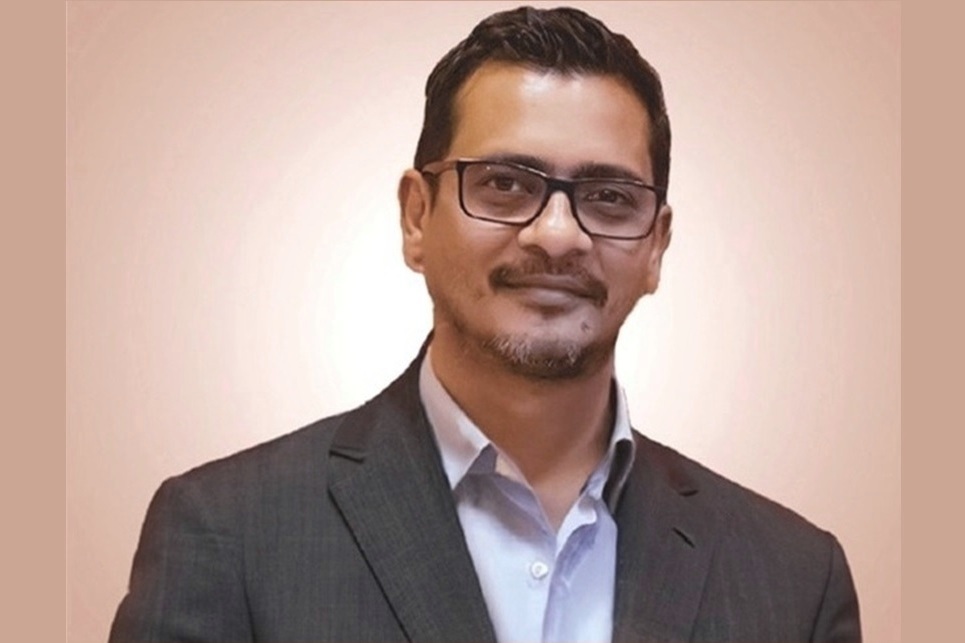

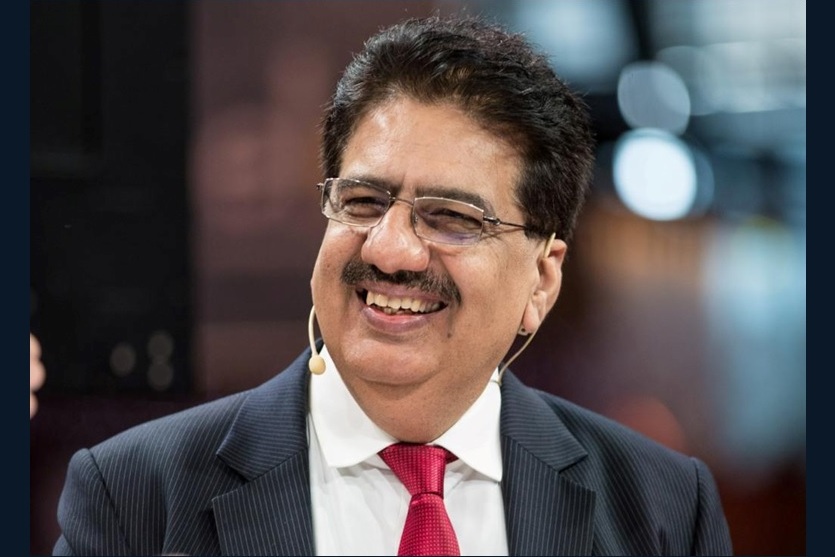

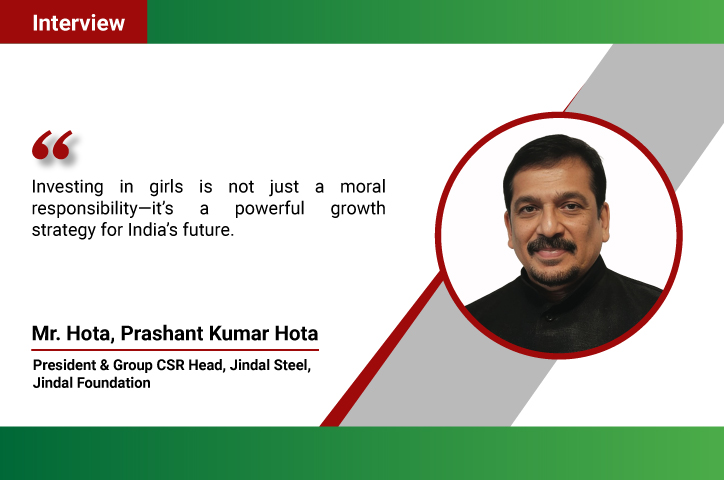
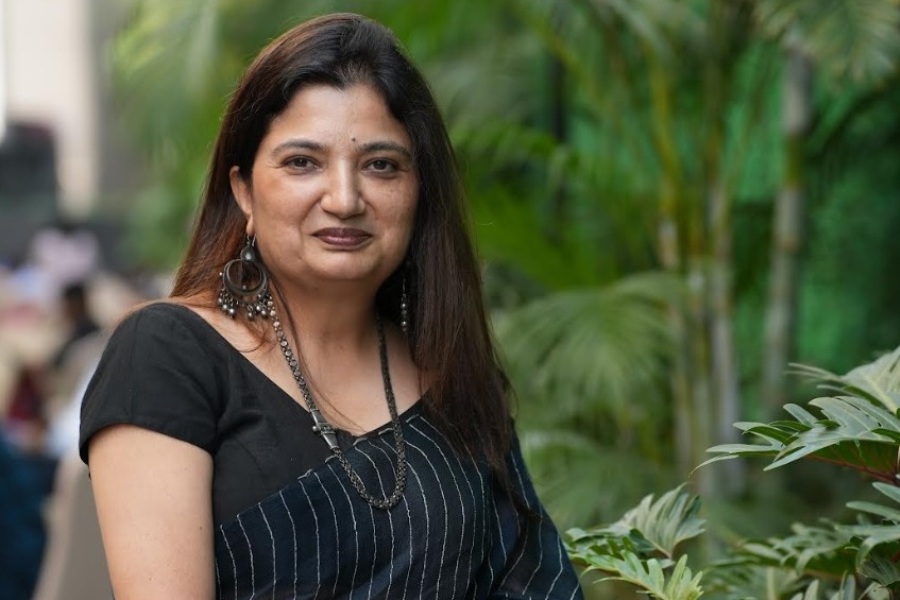

.jpg)




